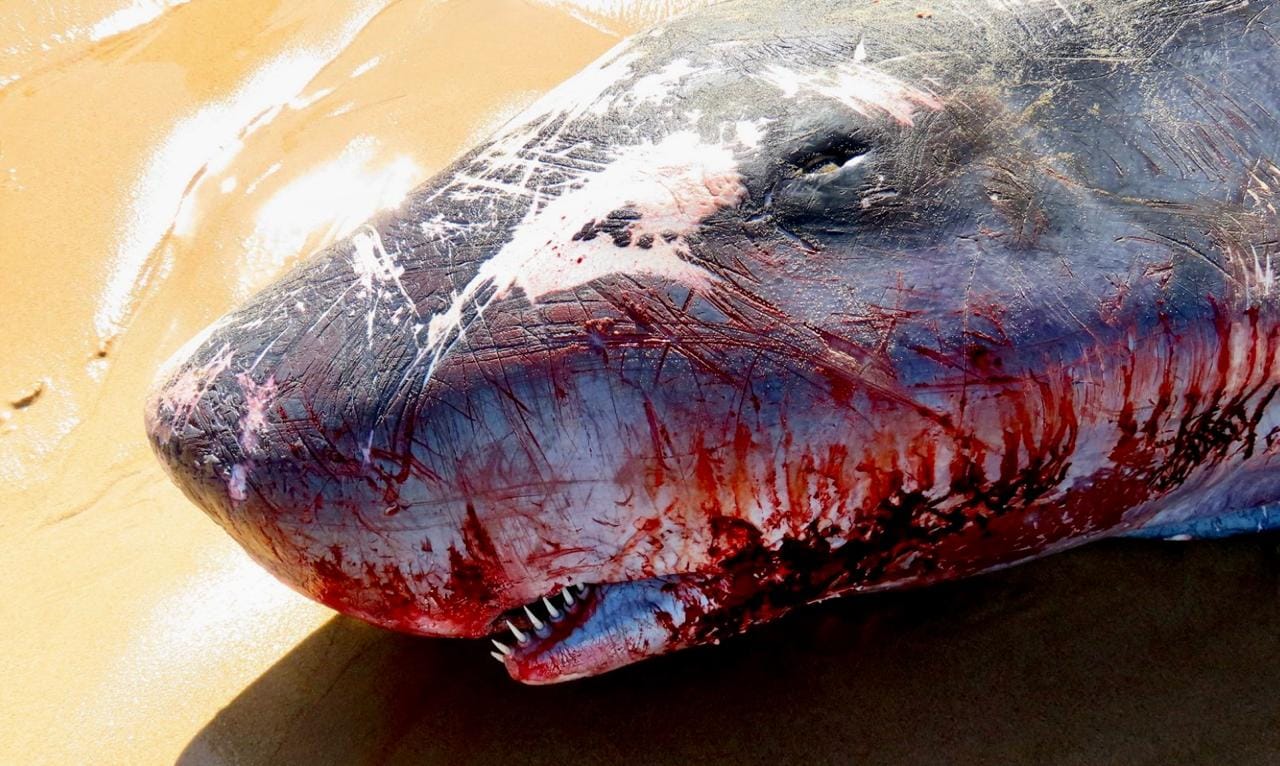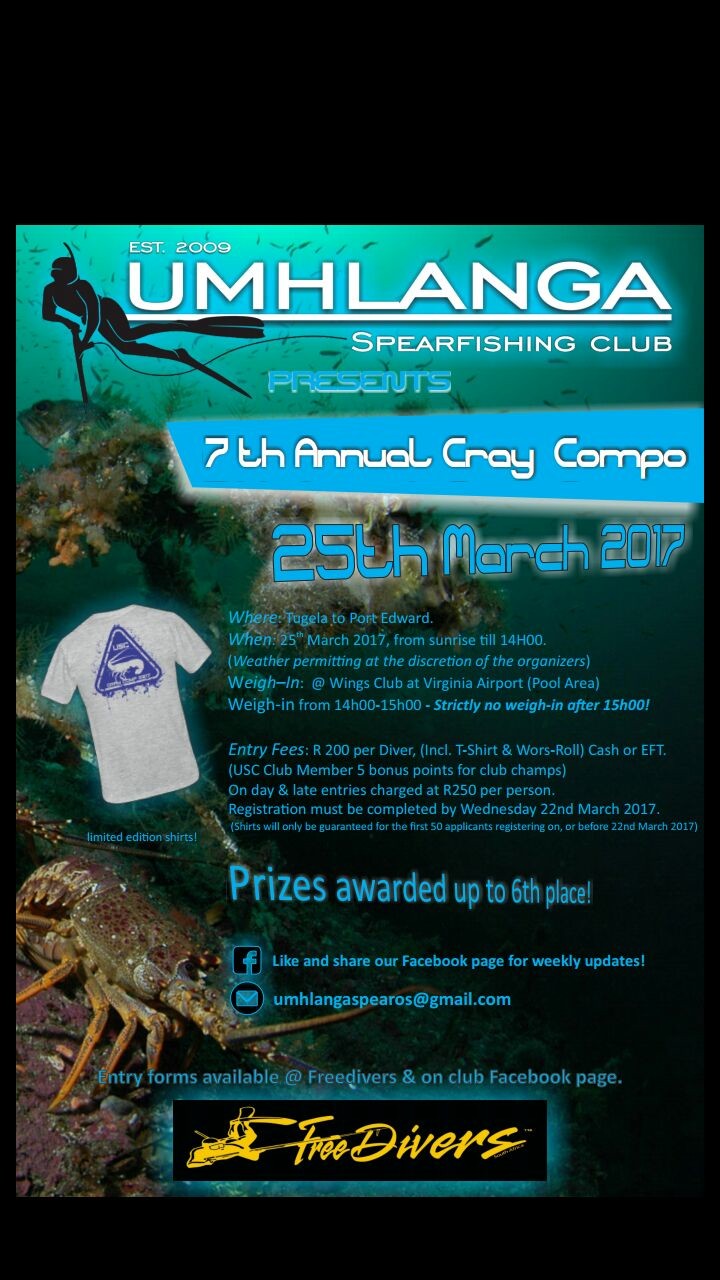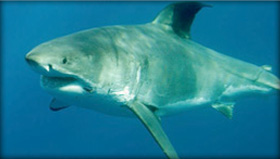Death by Shark Net?
Death by Shark Net? Death by Shark Net? Before we embark on this quick journey into the operations and goings-on at our very own Kwazulu Natal Sharks Board, we have a questionnaire for you! You don’t have to make public your answers. Your answers, are for you to digest. Questionnaire Shark food for thought? Funding … Read more



